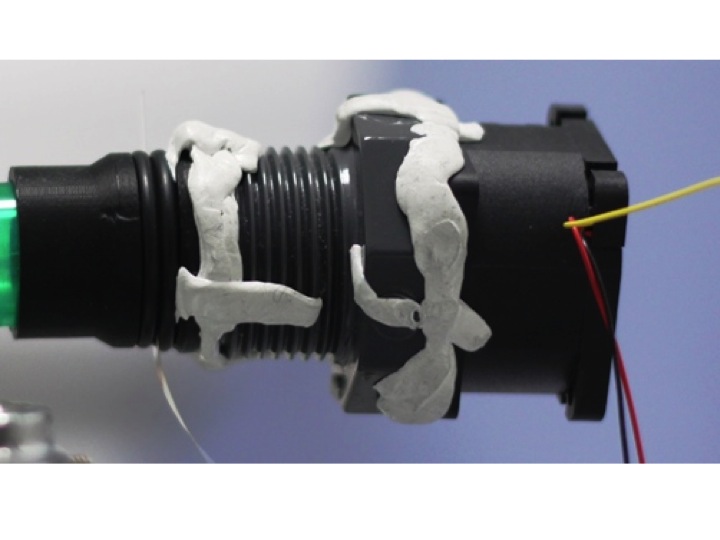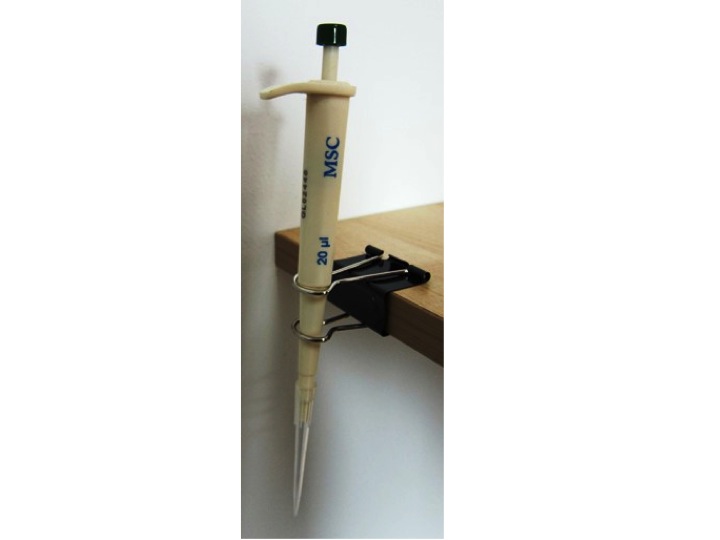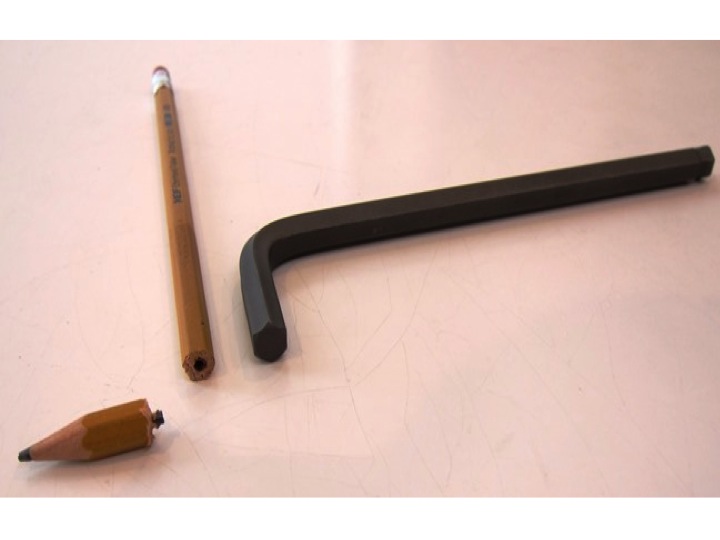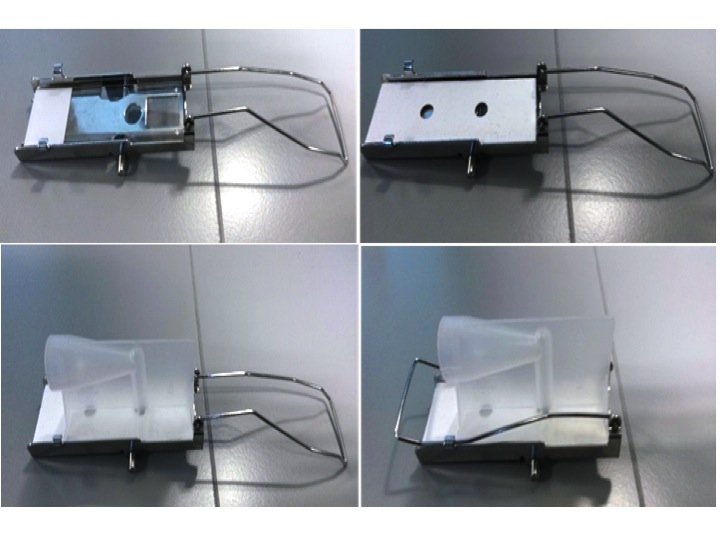A laboratory is a place where researchers spend the majority of their lives attempting to solve the mysteries of the universe; or at least the fraction dictated in their grants.
However, working away at the lab bench day after day can result in tools being scattered about, samples disappearing, and even the occasional malfunction of equipment. Luckily, scientists are a resourceful bunch, and such obstacles are often resolved with creative solutions. Like modern-day MacGyver’s, my colleagues were gracious enough to show me a few non-lab products that can actually be very useful in the lab environment.
White-tack
Ever needed to stick something together, and neither tape nor glue was good enough for the job? Tack is a wonderful substance that has helped me get out of some tight jams over the years. It can be molded and stretched however you need and acts as a pretty strong binding agent. Furthermore, it can be removed quite easily if you wish to re-use it elsewhere. I have used white-tack to repair leaks, hold cuvettes at specific heights, and even managed to hold parts of a motor together.
Binder clips
When working at the lab bench, the tools I use the most are pipettes. This means that I have several pipettes, tip boxes, and tip waste piling up. If not managed well, the clean freak in me would go insane. So, to separate my pipettes, I started using binder clips. These clips can be used for many things such as separating power cables behind a computer, clipping a thermometer to the side of a beaker, or even repairing broken safety glasses. They can be found in any stationery shop, and are suitable for almost any model of pipette.
Plastic bottles
This may seem like an obvious one, but I still see researchers ordering sets of plastic waste bottles from manufactures for hefty prices. Why not use that water bottle that you finished off at lunch instead? If you happen to forget and throw out the bottle with lunch, many biology labs tend to have an excess of cell-growth media bottles. I try to make use of those when possible. The fact that they have a wide opening and a screw-on cap makes them perfect for safe waste disposal.
Kitchen plasticware
If you are looking for containers to store reagents and antibodies, there are hundreds of science companies that specialize in the manufacturing of containers in all sizes, shapes, and materials. And they are willing to charge you a bundle for them! An easier, cheaper, and equally effective container can be found in the grocery store just around the corner. Over the years, I have used kitchen plastic ware for Western incubations, reagent and antibody storage, and even the transport of biological samples. The snap lids make them safe for the lab environment, and they can be bought in bulk.
The pencil wrench
On numerous occasions, it has been necessary for me to remove centrifuge rotors for the purpose of cleaning the equipment. What is interesting, though, is that the Allen wrenches (i.e. Hex key) always seem to disappear. I finally realized that an ordinary six-sided pencil can be used just as well to loosen the rotor. Cut the tip off of the pencil, and you have a 5/16 gauge hex key! I would not recommend using this method to tighten the rotor back since the soft pencil would break, but it is perfect to get the rotor out for urgent cleaning.
Coffee filters
Coffee filters are obviously quite good for the filtration of particulates that may be found in serums or buffer solutions. However, their uses in the lab are ever growing. I have seen them used as weigh boats for larger granules, membranes for various separation syntheses, and even in cyto-spin techniques in which they were cut into strips, had a hole punched through them, and applied to glass slides for the purpose of providing exact placement of cells onto those slides during centrifugal spin.
Toilet roll organizer
It may sound funny, but I have seen more than just a couple labs utilizing toilet rolls to sort and organize supplies. In engineering labs, toilet rolls have been used to separate various lengths of wire and rope which ensured that they were always straight and never tangled. In the chemistry department, pipettes of 5mL volume and higher were bundled using toilet rolls. Biologists use them to reduce exposure of light to sensitive substrate bottles while working at the bench. Personally, I always found them to be great for holding my pens and markers.
Polystyrene transport bins
About half of the items delivered to a biology lab consist of reagents that must be shipped at low temperature. This means that the cardboard packaging will be insulated with either foam or polystyrene. Don’t throw the polystyrene away! It is a free product that can be used for years (and years and years – how long do they take to decompose?) at the lab bench as an ice bucket or transport container. Not only are they waterproof for regular ice usage, but they are also resistant to the extreme temperatures of dry ice. Furthermore, polystyrene containers are one of only a few items that can prevent the evaporation of dry ice for several days; a benefit that I was grateful for on numerous occasions.
Glow-in-the-dark labeling
There are many researchers that perform experiments in dark rooms. Whether it is related to fluorescence microscopy or film exposure, the need to see your supplies and samples in the dark is essential. I highly recommend picking up some glow-in-the-dark items such as tape, crayons, or pens. Not only are they sufficient for most surfaces, but they are also cost effective.
Keep being creative
There are many other non-lab items that I have found to be useful over the years such as using bulldog clamps for safe removal of cryo-tubes from liquid nitrogen, using toothpicks instead of inoculating loops to pick bacterial colonies, and even using clear plastic page protectors for storage of membranes and Western exposure films. The possibilities are endless when you put your mind to it. As scientists, we tend to come up with these clever solutions every day without realizing it.
With research taking us to places unknown, I look forward to seeing you become a MacGyver in the lab!
For more tips, tricks, and hacks for getting your experiments done, check out the Bitesize Bio DIY in the Lab Hub.












